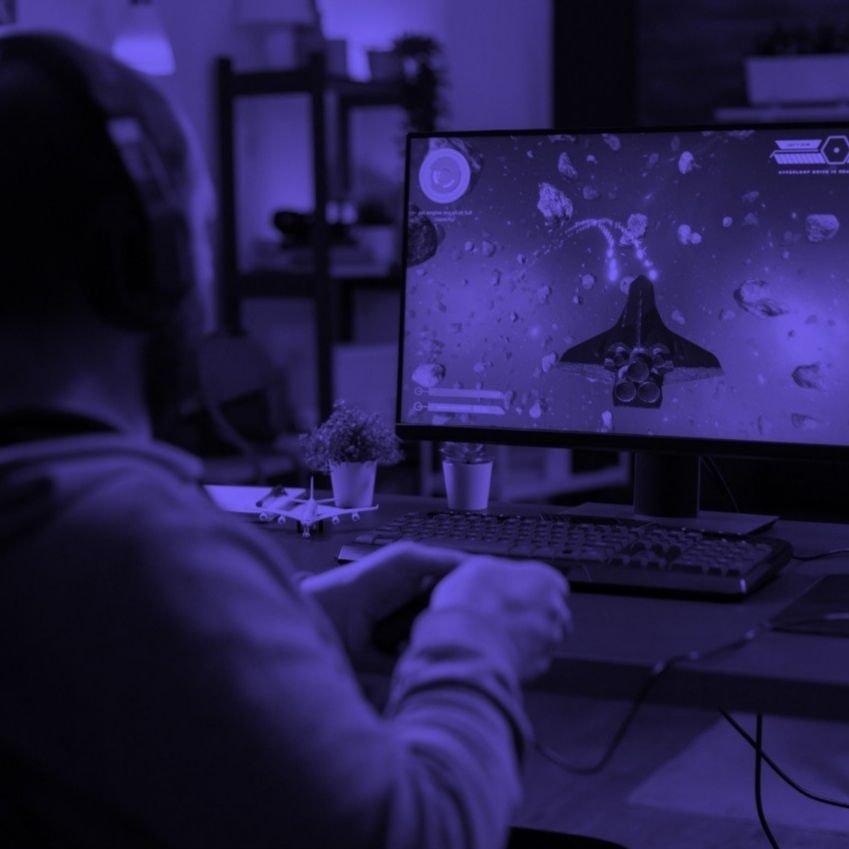Sound design for game audio is somewhat like sound designing for movies, tv shows, and commercials with one major key difference which brings game audio into a whole new perspective for sound design. However in both scenarios, designers aim to make the experience more immersive and believable. In this article we will be discussing about some things to keep in mind especially for sound designers who are just starting out but also for those who might benefit from a set of perspectives on the case. Here are 4 things to add up in your knowledge.

Use a sound library that is high in variety and quality.
First and foremost, you should have access to a high quality sound library that provides you sounds that are high in bit rate and kHz and also in variety. As we mentioned in one of our previous stories: How To Edit Videos With Right Sound Effects, sounds that are high in bit and sample rate will give you great flexibility over the sound. If you are a sound designer, you might know how much information a sound can lose when being manipulated especially in pitch. Using sounds that have a lot of information already will get you off the hook! The variety is also important. Sound design in game audio is not linear like movies or vlogs or whatever. That is the major difference for game audio design. The game acts like the experience is happening in real-time. You can encounter the same things again and would not expect those things to sound same. The simplest example would be the footsteps. Imagine every footstep sound the same. That might kill the realism you are looking for. So having variations of the same sound will make the experience more real and immersive.
Make sure the sounds fit into the world you are building.
When sound designing for a visual media, it is crucial that the sounds and picture to blend in harmony. For example if you are sound designing for a glitchy game world, you should make your sounds accordingly glitchy. Our perception is great at matching sounds with images. Referring to our real-world human life experience, if the game pictures blend accordingly with the audio just like it blends in real life, our brain will match this into a strong and believable experience.

Fill the frequency spectrum as much as you can to get a fuller sound.
If you aim your game to get the player’s full attention, you should consider filling up the whole auditory spectrum. The player will be looking at the screen the whole time they will be playing. The sound of the game should act in a similar manner to the video of the game and should be considered like a blank space to be filled. Designing sounds that are fuller in the frequency spectrum will prevent the player from being distracted to the exterior stimuli. If the sounds are weak, it is a higher possibility for the player to get distracted and not “feel” the game.

Experiment with effects.
The sound effects are like a sandbox of toys in which you can just play and experiment. It is also quite easy to get lost while doing so. But it is a good and a simple way for starting to achieve unique textures. To not get lost we can recommend you to start slow and simple. Start experimenting with the effects on one sound and when you find something you like, start layering it on top of the original sound. Start over with a different effect and find one effect that both compliments to the previously found effect and to the raw layer of the sound. Enough is enough… When you feel like you achieved somewhat a unique sound, that is when you STOP. Seriously, it can go a lot of ways and this experimentation process can be fun and exciting for sure but when you start realizing that you have lost that unique texture and a great deal of time, that is when you know you got lost. Even if you want to keep experimenting onto a considerably unique textured sound, you might as well take a precaution and save it before you continue…
Alright! Now we have come to the end of the story, but we are not finished. Now you have knowledge as to why sound design for games is different than linear media and some things you can do in order to get a unique, immersive and a believable sonic world in your game. Make sure to come back for more sound designer and game audio tips and tricks.


0 Comments for “Tips & Tricks For Sound Design In Game Audio”